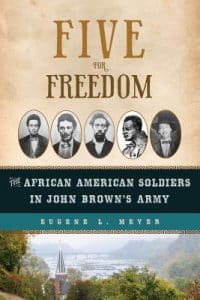 On this day in 1859, John Brown led a small group on a raid against a federal armory in Harpers Ferry in an attempt to start an armed revolt against the institution of slavery. In Five for Freedom: The African American Soldiers in John Brown’s Army, Eugene Meyer explains,
On this day in 1859, John Brown led a small group on a raid against a federal armory in Harpers Ferry in an attempt to start an armed revolt against the institution of slavery. In Five for Freedom: The African American Soldiers in John Brown’s Army, Eugene Meyer explains,
Among Brown’s raiders were five African Americans whose lives and deaths have long been overshadowed by their martyred leader.
Two — John Copeland and Shields Green were executed. Two others — Dangerfield Newby and Lewis Leary — died at the scene. Newby, the first to go, was trying to liberate his enslaved wife and children.
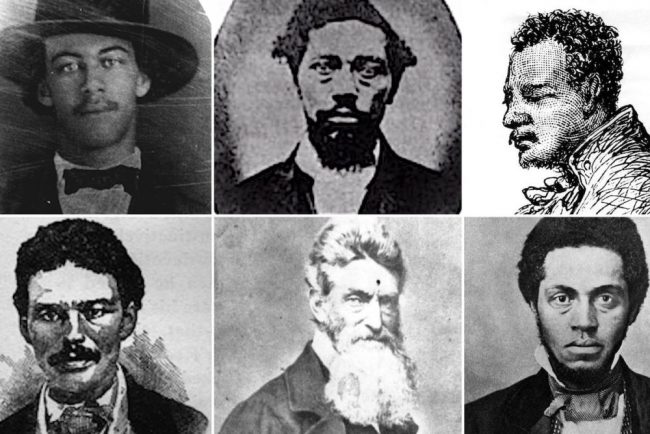
1859 Harpers Ferry raid. Clockwise from bottom left: John Anthony Copeland, Lewis Sheridan Leary, Dangerfield Newby, Shields Green, Osborne Perry Anderson, and John Brown.
Of the five, only Osborne Perry Anderson escaped and lived to publish the lone insider account of the event that, most historians agree, was a catalyst to the catastrophic Civil War that followed over the country’s original sin of slavery.
John Brown’s Last Speech
On December 2 of that same year, John Brown was executed in Charles Town. As Brown approached the hanging scaffold, he stated:
I, John Brown, am now quite certain that the crimes of this guilty land will never be purged away but with Blood.
I had, as I now think vainly, flattered myself that without very much bloodshed it might be done.
Watch a dramatic reading by Josh Brolin of Brown’s speech given to the courtroom a month before his execution. (From Voices of a People’s History.)
Listen to a song about John Brown, “Glory, Glory,” written by Joe DeFilippo and performed by the R. J. Phillips Band, a group of Baltimore musicians.
Use the role play, “‘If There Is No Struggle…’: Teaching a People’s History of the Abolition Movement” by Bill Bigelow in which students become members of the American Anti-Slavery Society, facing many of the real challenges to ending slavery.
View more resources for teaching outside the textbook about the Abolition Movement.

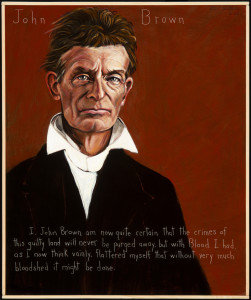
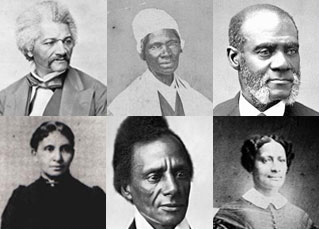
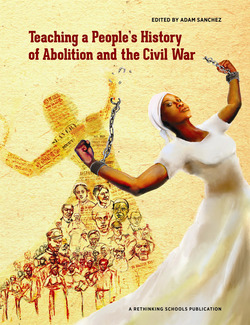
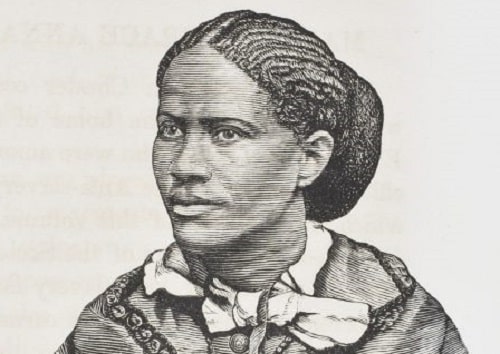
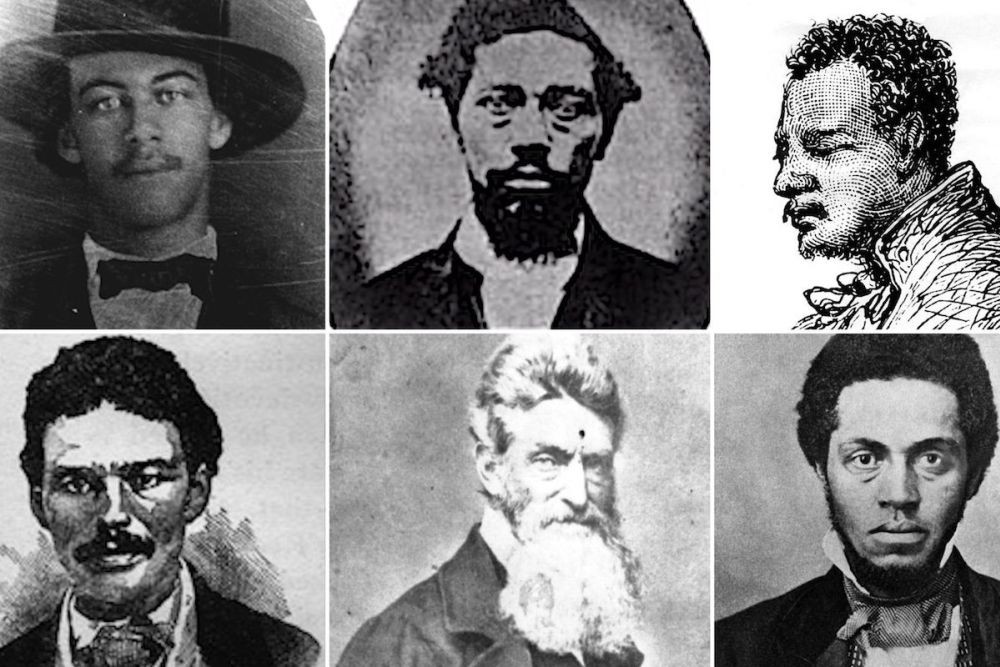
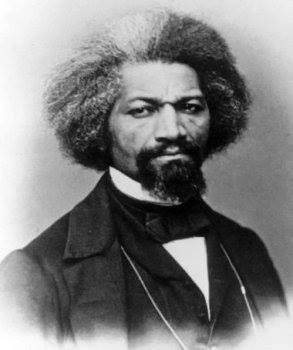





Twitter
Google plus
LinkedIn